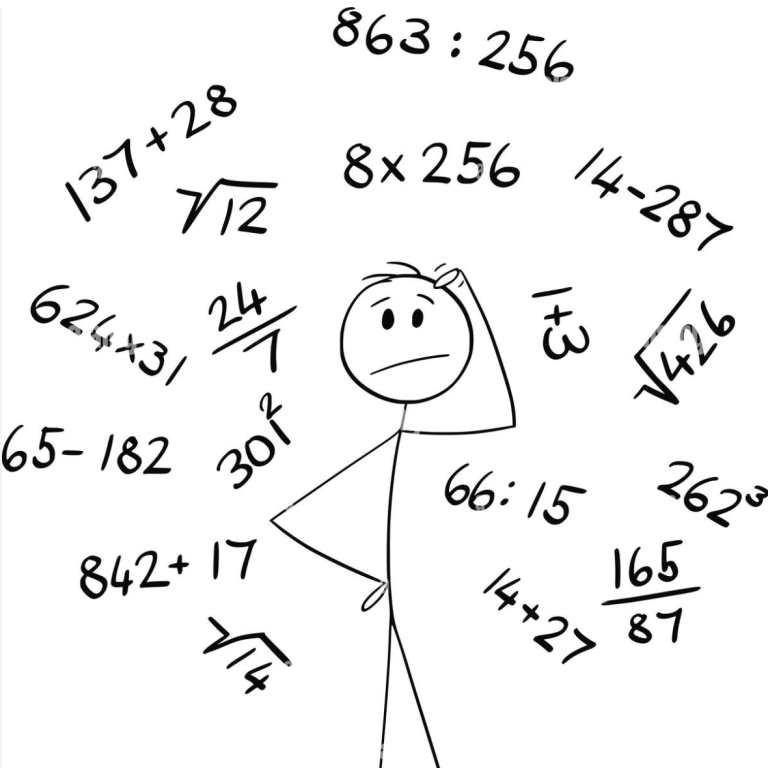Dyscalculia
Dyscalculia, sometimes described as the relative of dyslexia, affects numerical processing, sequencing, and spatial awareness, but often comes with exceptional strengths in creativity, intuition, and problem-solving— particularly in areas that rely on big-picture thinking rather than step-by-step mathematical logic. Their strengths often lie in areas that require imaginative thinking, pattern recognition (in non-maths contexts), and innovative problem-solving approaches.
Here is a list of common characteristics that may be seen in a dyscalculic individual. As with other neurodivergent profiles, not every individual with dyscalculia will display all of these characteristics, and the specific challenges and strengths can vary from person to person. Additionally, a person's difficulties may fluctuate depending on the situation, stress levels, or how information is presented.
Davis

Core Difficulties
- Struggles with basic number sense
- Trouble with mental maths
- Confuses numbers
- Difficulty with sequencing
- Inconsistent recall of maths facts
- Difficulty with place value
- Weak understanding of maths symbols
- Avoids maths-related tasks

Real World Appliation
- Cannot apply maths knowledge
- Struggles to tell time on an analogue clock
- Poor time management
- Difficulty handling money
- Struggles with measurements
- Struggles with estimation
- Gets lost easy
- Poor sense of spacial relationships
- Difficulty with movement based tasks

Behaviour & Emotionall Responses
- Maths anxiety
- Highly intuitive in non-maths areas
- Strong problem-solving abilities
- Inconsistent performance
Copyright© 2020 by Davis Dyslexia Association International. All rights reserved.
We need your consent to load the translations
We use a third-party service to translate the website content that may collect data about your activity. Please review the details in the privacy policy and accept the service to view the translations.